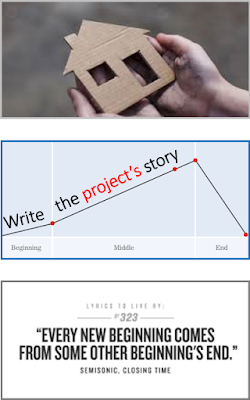 One of my favourite management concepts is the 'abundance versus scarcity' mindset dichotomy popularized by Stephen Covey.
One of my favourite management concepts is the 'abundance versus scarcity' mindset dichotomy popularized by Stephen Covey.Someone with an abundance mindset believes there are many opportunities in the world and win-win options secure the greatest rewards; someone with a scarcity mindset believes there are limited opportunities and win-lose options secure the greatest rewards (before others take them).
I experienced an abundance mindset a couple of weeks ago when I received an email from someone I had worked with 10 years ago. He was interested in partnering his consulting firm with mine on a technological change project.
We set up a call for the following week with someone from his firm and a partner I thought might also be interested in this type of work.
It was a good call. After introducing ourselves, we discussed the high-level parameters of the assignment. It felt like an abundance mentality moment, one that was inspiring, productive and fun. Everyone was looking for ways to win the contract for our mutual benefit.
That evening, my friend and I reviewed the detailed 'request for proposal' provided by the company and initial timelines our new partners had made.
 The next day we sent our analysis and recommendations back for review. Although the project was not a good fit for my technical qualifications, my partner was an excellent match. It felt good to develop and share my analysis even though I wouldn't be on the team.
The next day we sent our analysis and recommendations back for review. Although the project was not a good fit for my technical qualifications, my partner was an excellent match. It felt good to develop and share my analysis even though I wouldn't be on the team.Today, I shared this story with another friend. She said she has decided to only take on assignments involving people who are positive, collaborative and interested in everyone's success. Anything else would be a waste of time. A light went on in my head.
Stephen Covey said "I have an abundance mentality: When people are genuinely happy at the successes of others, the pie gets larger." I know my next opportunity isn't far off when working with this type of mindset. It won't be hard to identify.
Phil









